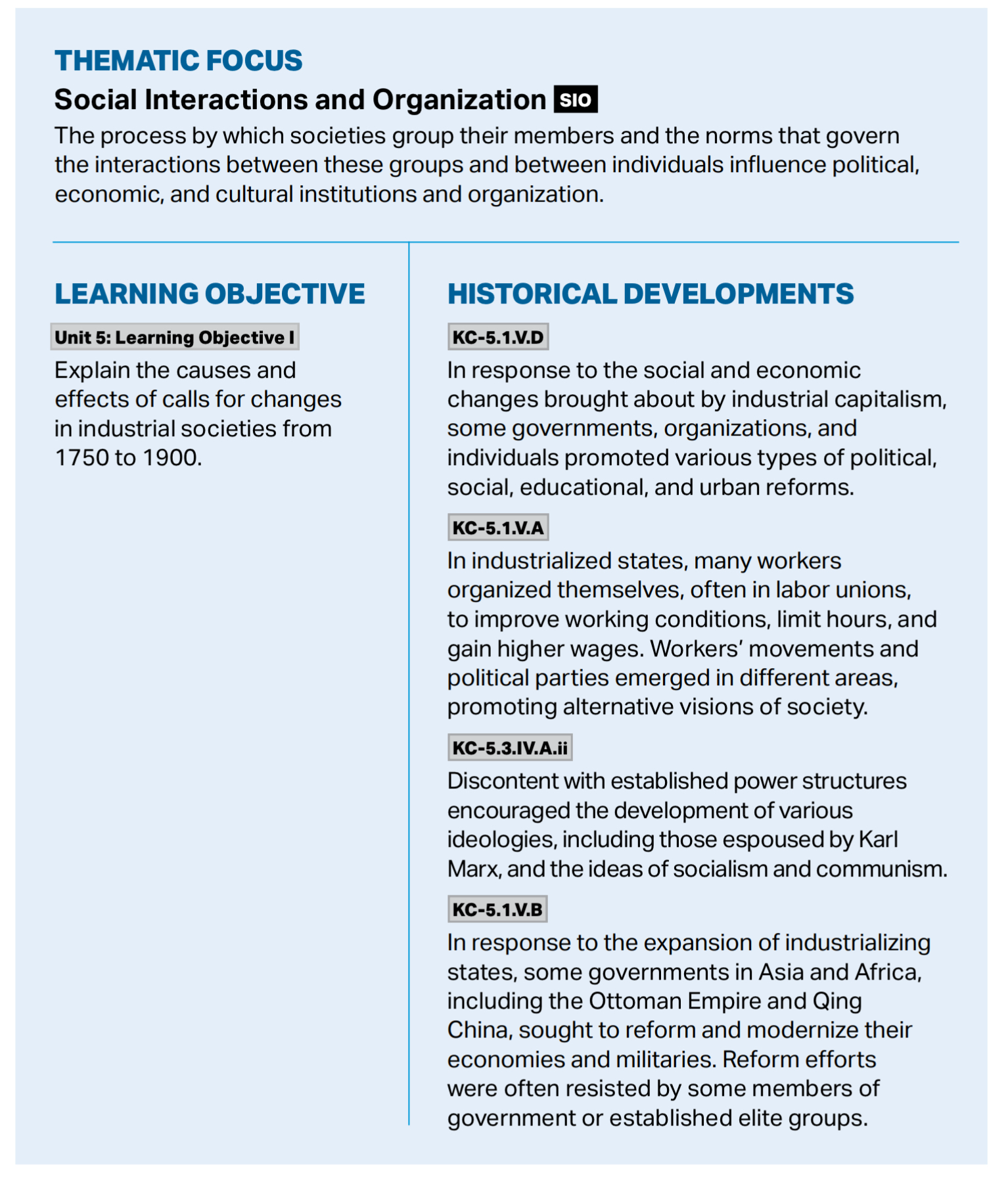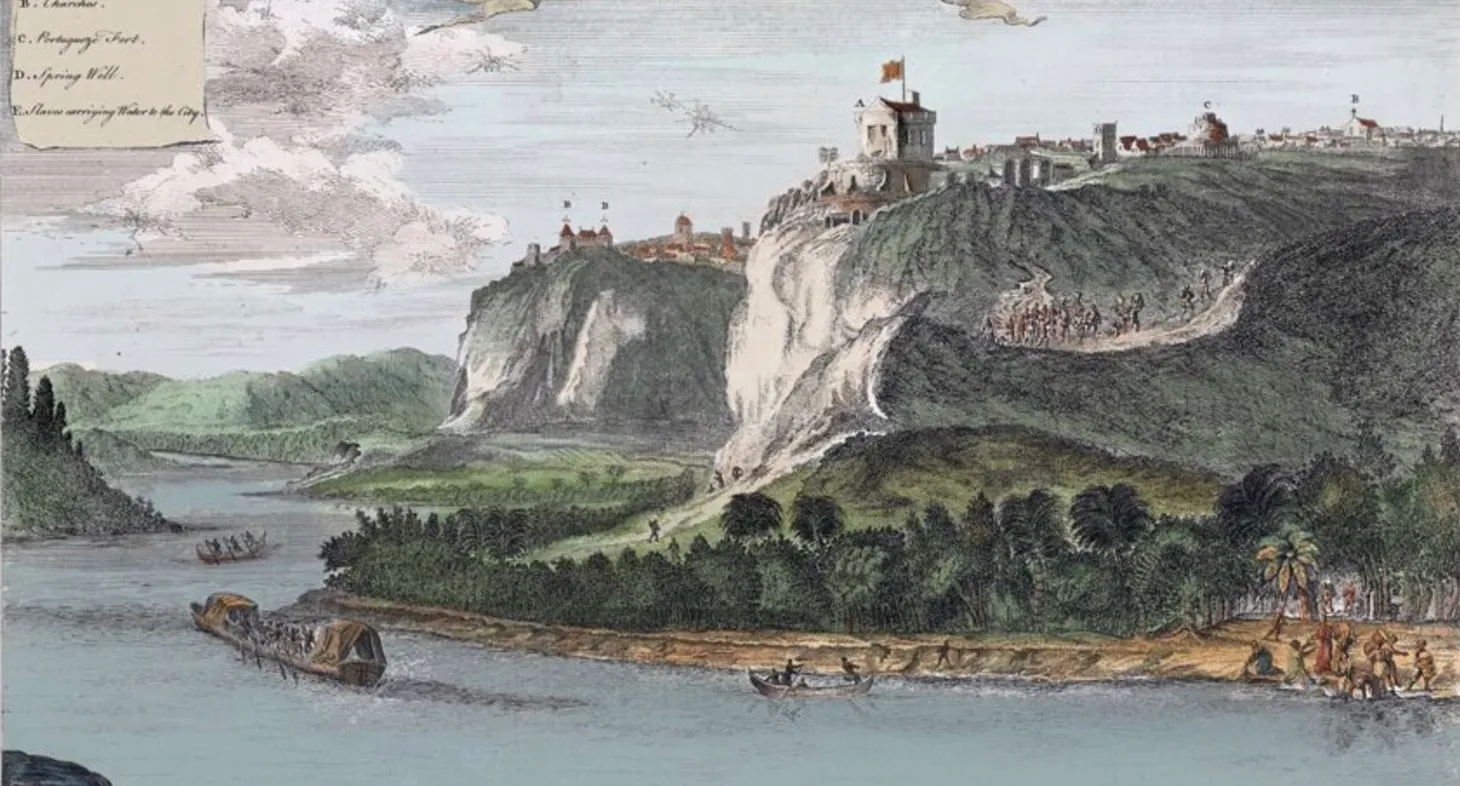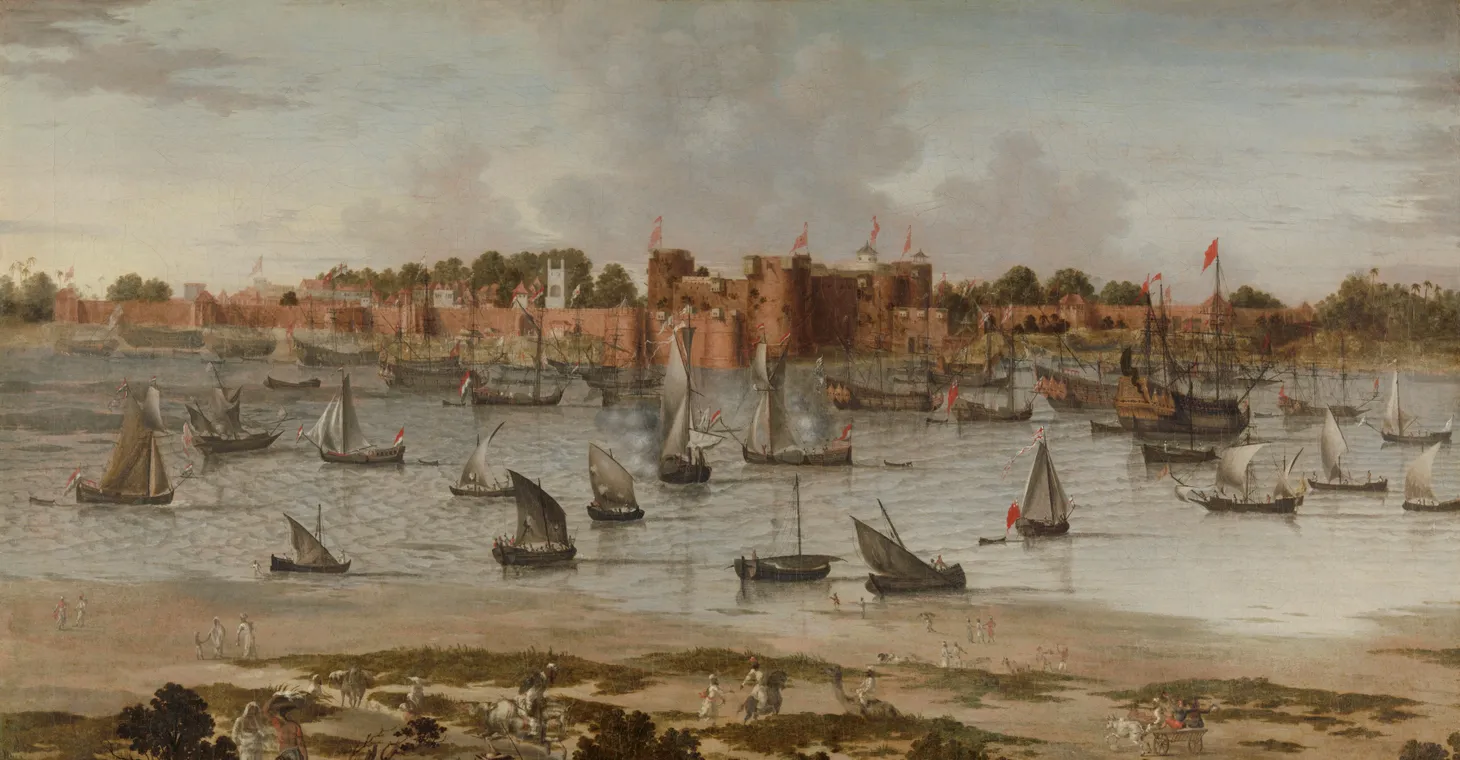“The New Institutions”: Teaching Nineteenth-Century Ottoman Reforms
Teaching the social effects of the Ottoman Tanzimat

During the nineteenth century, land-based empires regularly attempted to adapt their institutions to new challenges. The Russian tsars abolished serfdom and modernized their military. In Egypt, Muhammad Ali introduced industrial factories and mass production. The Ottoman Sultans also introduced a series of reforms, known as the Tanzimat, during the middle of the nineteenth century. These reforms included economic, political, and social transformations. I usually focused on the social changes.
The Source
This Content is for Subscribers on the Buy Me Lunch and Buy Me Dinner tiers
SubscribeAlready have an account? Log in



